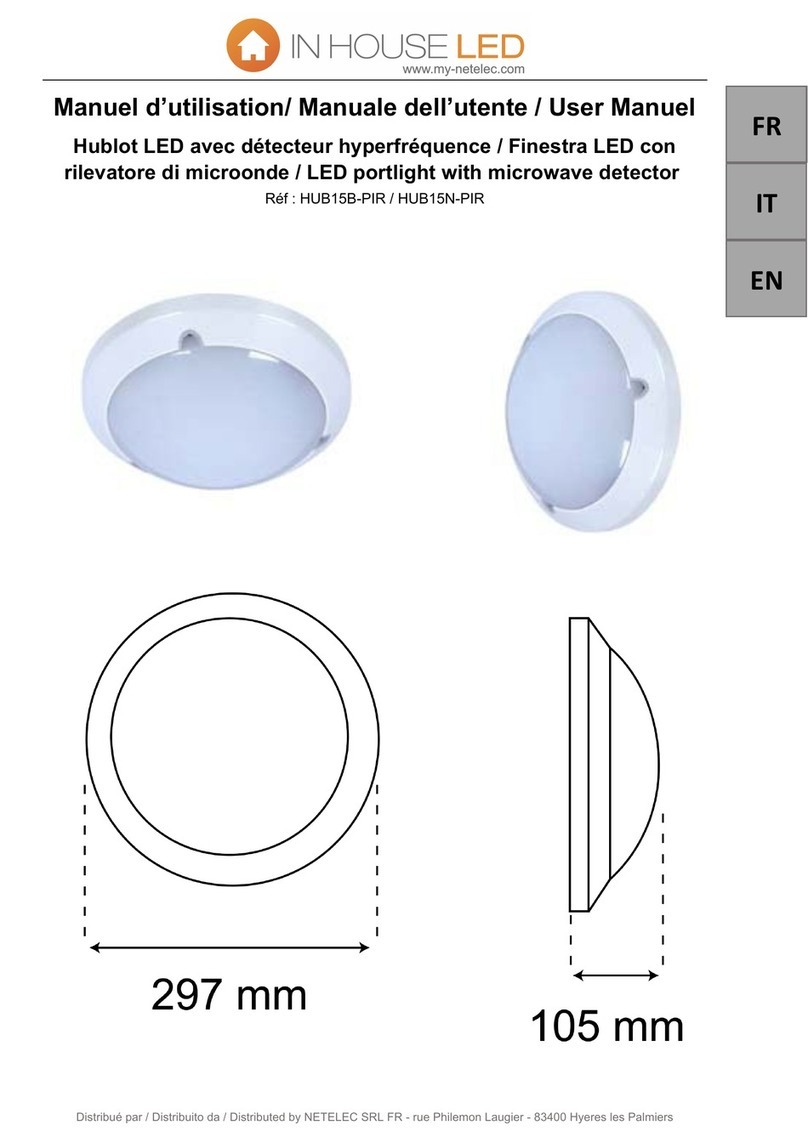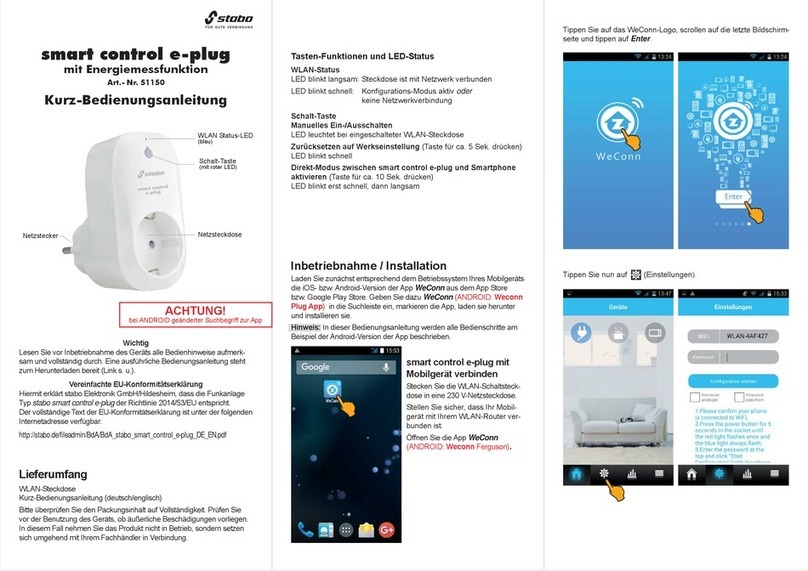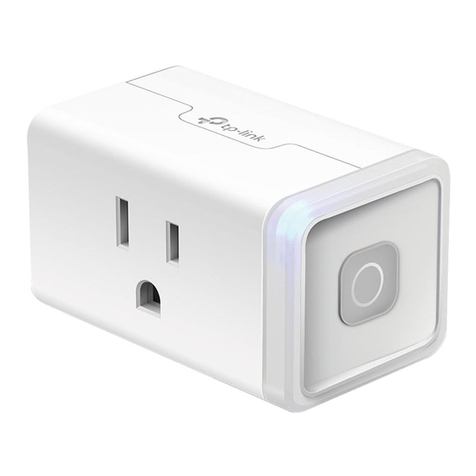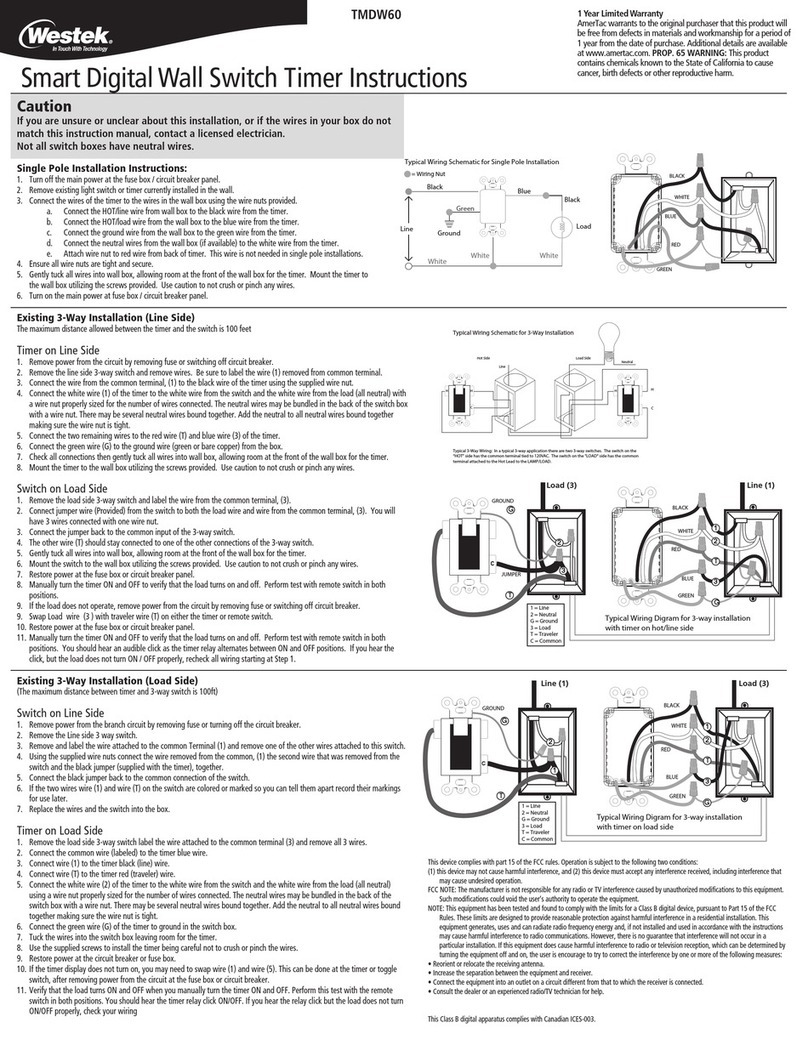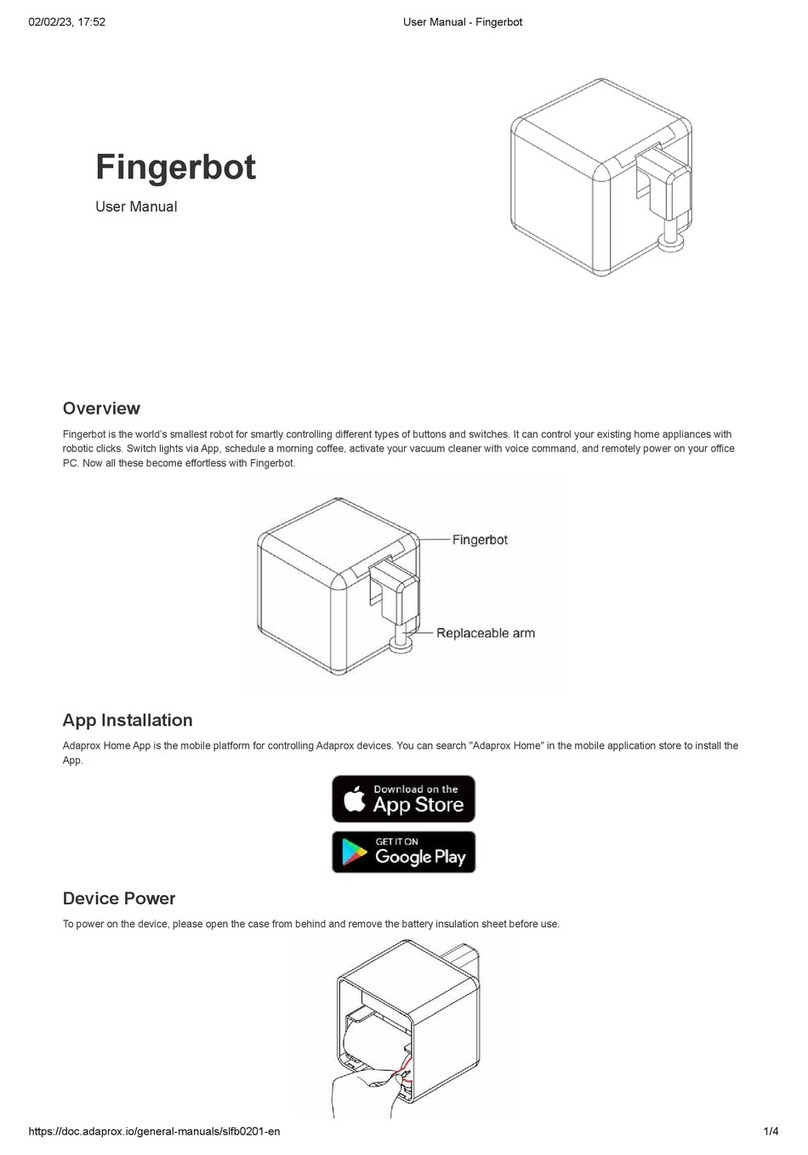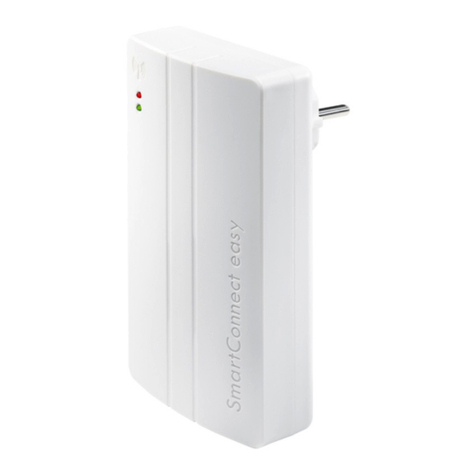Siko GP09 Operation manual

GP09 Datum 12.04.2005 Art.Nr. 82343 Änd. Stand 123/05 1
Abb. 1: Montagehinweise
Drehmomentabstützung Form A: Stift-ø 6 h9
Form B: Bohr-ø 10 +0.8
DEUTSCH
1. Gewährleistungshinweise
Lesen Sie vor der Montage und der Inbetriebnahme
dieses Dokument sorgfältig durch. Beachten Sie zu
Ihrer eigenen Sicherheit und der Betriebssicherheit
alle Warnungen und Hinweise.
Ihr Produkt hat unser Werk in geprüftem und be-
triebsbereitem Zustand verlassen. Für den Betrieb
gelten die angegeben Spezifikationen und die
Angaben auf dem Typenschild als Bedingung.
Garantieansprüche gelten nur für Produkte der
Firma SIKO GmbH. Bei dem Einsatz in Verbindung
mit Fremdprodukten besteht für das Gesamtsystem
kein Garantieanspruch.
Reparaturen dürfen nur im Werk vorgenommen
werden. Für weitere Fragen steht Ihnen die Firma
SIKO GmbH gerne zur Verfügung.
2. Identifikation
Das Typenschild zeigt den Gerätetyp mit Varianten-
nummer. Die Lieferpapiere ordnen jeder Varianten-
nummer eine detaillierte Bestellbezeichnung zu.
z.B. GP09-0023
Varianten-Nr.
Geräte-Typ
3. Kurzbeschreibung
Getriebepotentiometer zur absoluten Positions-
erfassung mit analogem Ausgang.
Die Ausgabe des Analogwertes erfolgt in Form
•
•
•
•
•
•
- eines Widerstandswertes oder
mit Messwandler
- eines Stroms.
4. Mechanische Montage
Die Montage darf nur gemäß der angegebenen IP-
Schutzart vorgenommen werden. Die Anzeige muss
ggfs. zusätzlich gegen schädliche Umwelteinflüs-
se, wie z.B. Spritzwasser, Staub, Schläge, Tempe-
ratur geschützt werden.
Nach dem Aufschieben des GP09 auf die Vollwelle
und dem Einführen der Drehmomentstütze in die
vorbereitete Bohrung, wird durch die Gewindestif-
te M4 die Gerätehohlwelle mit der Maschinenvoll-
welle verbunden (siehe Abb. 1).
Zwischen Welle und GP09 ist ein Schiebesitz
vorzusehen.
Achten Sie auf geringen Wellen- bzw. Winkel-
versatz. Montieren Sie den Geber möglichst
verspannungsfrei. Verspannungen führen zu
erhöhter Lagerbelastung, unzulässiger Erwärmung
und kürzerer Lebensdauer des Lagers.
Insbesondere bei Verwendung der Drehmoment-
abstützung Form A ist darauf zu achten dass das
Gerät bei der Montage nicht durch Verkanten
verspannt montiert wird. Dies ist bei der Wahl
des Bohr- ø zu beachten.
Schläge auf das Gerät sind zu vermeiden.
•
•
•
•
Benutzerinformation
GP09
Getriebepotentiometer
5. Elektrischer Anschluss
Anschlussverbindungen dürfen nicht unter
Spannung geschlossen oder gelöst werden!!
Verdrahtungsarbeiten dürfen nur spannungslos
erfolgen.
•
•

2 GP09 Datum 12.04.2005 Art.Nr. 82343 Änd. Stand 123/05
Folgeelektronik
Folgeelektronik
Litzen sind mit Aderendhülsen zu versehen.
Vor dem Einschalten sind alle Leitungsanschlüsse
und Steckverbindungen zu überprüfen.
Hinweise zur Störsicherheit
Alle Anschlüsse sind gegen äußere Störeinflüsse
geschützt. Der Einsatzort ist aber so zu wählen,
dass induktive oder kapazitive Störungen nicht
auf die Anzeige oder deren Anschlussleitungen
einwirken können! Durch geeignete Kabelfüh-
rung und Verdrahtung können Störeinflüsse (z.B.
von Schaltnetzteilen, Motoren, getakteten Reg-
lern oder Schützen) vermindert werden.
Erforderliche Maßnahmen:
Nur geschirmtes Kabel verwenden. Den Kabel-
schirm beidseitig auflegen.
Die Verdrahtung von Abschirmung und Masse
(0V) muss sternförmig und großflächig erfolgen.
Der Anschluss der Abschirmung an den Potenti-
alausgleich muss großflächig (niederimpedant)
erfolgen.
Das System muss in möglichst großem Abstand von
Leitungen eingebaut werden, die mit Störungen
belastet sind; ggfs. sind zusätzliche Maßnahmen
wie Schirmbleche oder metallisierte Gehäuse
vorzusehen. Leitungsführungen parallel zu Ener-
gieleitungen vermeiden.
Schützspulen müssen mit Funkenlöschgliedern
beschaltet sein.
Speisespannung
Die Spannungswerte sind abhängig von der Ge-
räteausführung und sind den Lieferpapieren oder
dem Typenschild zu entnehmen.
24 VDC ±20%
5.1 Potentiometer ohne Messwandler
Farbe Belegung
braun Po Anfangsstellung Potentiometer
grün S Schleifer Potentiometer
weiß Pe Endstellung Potentiometer
5.2 Potentiometer mit R/I-Wandler (MWI)
Der Messwandler liefert einen Schleifenstrom von
4...20mA.
Farbe Belegung
braun I+ 4...20mA
weiß I- 4...20mA
•
•
•
•
•
•
Anschluss Messwandler (MWI) Bürde gegen Masse:
Anschluss Messwandler (MWI) Bürde gegen +UB:
5.3 Potentiometer mit R/U-Wandler (MWU)
Der Messwandler liefert eine Ausgangsspannung
von 0 ... 10VDC.
Farbe Belegung
braun +24VDC
weiß GND
grün Uout
6. Einstellung und Abgleich
6.1 Einrichtung Potentiometer
Nach ordnungsgemäßem Anschluss zeigt das Gerät
bei Einschalten der Betriebsspannung den aktuel-
len Istwert. Bei Anzeige eines undefinierten Wer-
tes muss ein Neuabgleich oder Feinabgleich vor-
genommen werden. Mögliche Ursache kann auch
eine Leitungsunterbrechung sein.
6.2 Abgleich des R/I-Wandlers (MWI)
Ist das Gerät mit einem Widerstands-Stromwand-
ler ausgestattet, wird der Potentiometer-Wider-
stand in einen Strom von 4...20mA umgewandelt.
Es handelt sich um eine Zweileitertechnik. Der
Messstrom dient gleichzeitig zur Versorgung des
Wandlers.
Der Messwandler ist bei Auslieferung auf Stan-
dardwerte, 4mA für die Anfangsstellung (Po) und
20mA für die Endstellung (Pe) des Potentiometers
abgeglichen. Durch zwei Trimmpotentiometer Po
und Pe (siehe Abb. 2) können diese Werte an
die tatsächlichen Anfangs- und Endstellungen
der Anwendung angepaßt werden.
Einstellen des Messwandlers
Nach Lösen der Schrauben sind die Trimmpotis
zugänglich.

GP09 Datum 12.04.2005 Art.Nr. 82343 Änd. Stand 123/05 3
Abb. 2: Einstellen Trimmpoti MWI
Pe
Po
Abb. 3: Abgleich
Strom
Messweg
20mA
4mA (Po)
(Pe)
0
Abb. 4: Einstellen Trimmpoti MWU
Pe
Bei Schutzart IP68 darf das Gerät nicht mehr ge-
öffnet werden.
jedoch so dimensioniert sein, dass in der Endstel-
lung (10V) ein Ausgangsstrom von 15mA nicht
überschritten wird. Mit dem Trimmpotentiome-
ter (siehe Abb. 4) kann der Endwert an die
tatsächliche Endstellung der Anwendung ange-
passt werden.
Einstellen des Messwandlers
Nach Lösen Schraube ist das Trimmpoti zugänglich.
Bei Schutzart IP68 darf das Gerät nicht mehr ge-
öffnet werden.
Abgleich
Masch. auf Anfangsstellung fahren
Potentiometer (Po) drehen, bis Anfangswert
(4mA) gemessen wird.
Masch. auf Endstellung fahren
Potentiometer (Pe) drehen, bis Endwert (20mA)
gemessen wird.
Die Schritte 1 bis 4 sind solange zu wiederholen,
bis die Werte austariert sind (iterativer Abgleich).
1.
2.
3.
4.
6.3 Abgleich des R/U-Wandlers (MWU)
Ist das Gerät mit einem Widerstands-Spannungs-
wandler ausgestattet, wird der Potentiometer-
Widerstand in eine Spannung von 0...10VDC
umgewandelt. Der Anschluss erfolgt über eine
Dreileitertechnik.
Der Messwandler ist bei Auslieferung auf den An-
fangswert 0V und den Endwert 10V Ausgangsspan-
nung (Pe) abgeglichen. Der Ausgang des Mess-
wandlers sollte mit einem Widerstand 2...10KΩ
gegen GND beschaltet werden, damit sich der
Anfangswert 0V einstellt. Die Ausgangslast sollte
Mit Trimmpotentiometer Pe kann die Spannung
von 10V bei Potentiometerwerten von 60 bis 100%
des Gesamtwertes eingestellt werden.
Abgleich
Maschine auf Endstellung fahren
Potentiometer (Pe) drehen, bis eine Ausgangs-
spannung (10V) gemessen wird.
7. Inbetriebnahme
Bitte beachten Sie die Hinweise auf ordnungsge-
mäßen mechanischen und elektrischen Anschluss
in Kapiteln 5 und 6. Nur dann sind die Vorausset-
zungen für eine problemlose Inbetriebnahme und
einwandfreien Betrieb gegeben.
Prüfen Sie vor der Inbetriebnahme nochmals auf:
korrekte Polung der Betriebsspannung
korrekten Anschluss der Kabel
einwandfreie Montage des Geräts
•
1.
2.
•
•
•

4 GP09 Datum 12.04.2005 Art.Nr. 82343 Änd. Stand 123/05

GP09 Datum 12.04.2005 Art.Nr. 82343 Änd. Stand 123/05 5
Fig. 1: Mounting instructions
Torque pin type A: pin-ø 6 h9
type B: bore-ø 10 +0.8
ENGLISH
1. Warranty information
In order to carry out installation correctly, we
strongly recommend this document is read very
carefully. This will ensure your own safety and
the operating reliability of the device.
Your device has been quality controlled, tested
and is ready for use. Please observe all warnings
and information which are marked either directly
on the device or specified in this document.
Warranty can only be claimed for components
supplied by SIKO GmbH. If the system is used
together with other products, there is no warranty
for the complete system.
Repairs should be carried out only at our works.
If any information is missing or unclear, please
contact the SIKO sales staff.
2. Identification
Please check the particular type of unit and type
number from the identification plate. Type number
and the corresponding version are indicated in the
delivery documentation.
e.g. GP09-0023
version number
type of unit
3. Summary description
Geared Potentiometer as an absolute encoder
with analog output.
•
•
•
•
•
The analogue value is available as
- a resistance value or
with instrument transformer
- a current.
4. Installation
For mounting, the degree of protection specified
must be observed. If necessary, protect the unit
against environmental influences such as sprayed
water, dust, knocks, extreme temperatures.
Slide GP09 onto the solid shaft, insert torque pin
into the prebored mounting hole and use grub
screw M4 to fix the GP09's hollow shaft to the
machine's solid shaft (see fig. 1).
Ensure sliding fit between solid shaft and
GP09.
Ensure accurate shaft alignment and mount the
GP09 without force. Ensure that the encoder is
mounted without strain. If the shaft is not cor-
rectly aligned, strain on the bearings will result,
which may cause overheating and irreparable
damage.
Especially when using torque pin type A for
fixing, ensure that GP09 does not jam and that it
is mounted without strain. Please remember this
when choosing the GP09's bore diameter.
Knocks on the unit should be avoided!
•
•
•
•
•
User Information
GP09
Geared Potentiometer
5. Electrical connection
Switch off current before connecting or dis-
conneting unit!!
Wiring must only be carried out with power off.
Provide stranded wires with ferrules.
•
•
•

6 GP09 Datum 12.04.2005 Art.Nr. 82343 Änd. Stand 123/05
follower electronics
follower electronics
Check all lines and connections before switching
on the equipment.
Interference and distortion
All connections are protected against the effects
of interference. The location should be selected
to ensure that no capacitive or inductive in-
terferences can affect the display or the con-
nection lines! Suitable wiring layout and choice
of cable can minimise the effects of interference
(eg. interference caused by SMPS, motors, cyclic
controls and contactors).
Necessary measures:
Only screened cable should be used. Screen should
be connected to earth at both ends.
Wiring to screen and to ground (0V) must be via
a good earth point having a large surface area
for minimum impedance.
The unit should be positioned well away from
cables with interference; if necessary a protective
screen or metal housing must be provided. The
running of wiring parallel to the mains supply
should be avoided.
Contactor coils must be linked with spark sup-
pression.
Supply voltage
Operating voltage depends on execution and is
indicated in the delivery documentation or on the
identification plate.
24 VDC ±20%
5.1 Potentiometer without instrument trans-
former
Color Designation
brown Po Start point
green S Moving contact
white Pe End point
5.2 Potentiometer with R/I transformer (MWI)
The instrument transformer provides a loop current
of 4 to 20mA.
Color Designation
brown I+ 4 to 20mA
white I- 4 to 20mA
•
•
•
•
•
Connection instrument transformer (MWI) load
against mass:
Connection instrument transformer (MWI) load
against +UB:
5.3 Potentiometer with R/U transformer (MWU)
The instrument transformer provides an output
voltage of 0 to 10VDC.
Color Designation
brown +24VDC
white GND
green Uout
6. Adjustment and Alignment
6.1 Potentiometer setting
When correctly connected and switched on, the
unit displays the current actual value. The measu-
ring range of the potentiometer is matched to the
total pull-out length of the wire. Ex works value 0
Ohm is preset for pull-out length 0mm (wire com-
pletely pulled in).
6.2 Alignment of the R/I transformer (MWI)
If the device is equipped with a resistance-current
converter, then the potentiometer resistance is
converted into a current of 4 to 20mA. The measu-
ring current is also used for feeding the instru-
ment transformer.
Ex works, the instrument transformer is aligned to
default values: 4mA for the start position (Po) and
20mA for the end position (Pe) of the potentio-
meter. Via two trimmpotentiometer's Po and Pe
(see fig. 2) these values can be adjusted to the
application's actual start and end position.
Setting the instrument transformer
When the screws are removed the trimming poten-
tiometers can be accessed.

GP09 Datum 12.04.2005 Art.Nr. 82343 Änd. Stand 123/05 7
Fig. 3: Aligment
Current
Distance
20mA
4mA (Po)
(Pe)
0
Fig. 2: Setting the trimming potentiometers MWI
Pe
Po
Fig. 4: Setting the trimming potentiometers MWU
Pe
Do not open the unit, if it has protection class
IP68.
won't be exceeded in the end position (10V). By
means of the trimming potentiometer (see fig.
4), the final value can be adjusted to the actual
final position of the application.
Setting the instrument transformer
When the screw are removed the trimming poten-
tiometer can be accessed.
Do not open the unit, if it has protection class
IP68.
Alignment
Move axis to start position.
Turn potentiometer (Po) until start value (4mA)
is measured.
Move axis to end position.
Turn potentiometer (Pe) until end value (20mA)
is measured.
The steps 1 to 4 are to be repeated until the va-
lues are counterbalanced.
1.
2.
3.
4.
6.3 Alignment of the R/U transformer (MWU)
If the device is equipped with a resistance-volta-
ge converter, then the potentiometer resistance is
converted into a voltage of 0 to 10VDC. Connec-
tion is via three-wire technology.
Ex works, the instrument transformer is aligned to
the initial value of 0V and a final value of 10V
output voltage (Pe). The output of the instrument
transformer should be wired against GND with a
resistor 2 to 10KΩ to enable the initial value of
0V to be set. However, the output load should be
dimensioned so that an output current of 15mA
Trimmpotentiometer Pe is used to adjust a voltage
of 10V to potentiometer values of 60 to 100%
of the total range.
Alignment
Move axis to final position
Turn potentiometer (Pe) until an output voltage
of (10V) is measured.
7. Starting
Please ensure that the instructions given in chap-
ter 5 and 6 regarding mechanical and electrical
connection are followed. This will ensure correct
installation and the operating reliability of the
device.
Before starting check again:
correct polarity of the supply voltage
correct cable connection
correct mounting of the device
•
1.
2.
•
•
•

8 GP09 Datum 12.04.2005 Art.Nr. 82343 Änd. Stand 123/05
SIKO GmbH
Werk / Factory:
Weihermattenweg 2
79256 Buchenbach-Unteribental
Postanschrift / Postal address:
Postfach 1106
79195 Kirchzarten
Telefon/Phone +49 7661 394-0
Telefax/Fax +49 7661 394-388
E-Mail info@siko.de
Internet www.siko.de
Table of contents
Languages:
